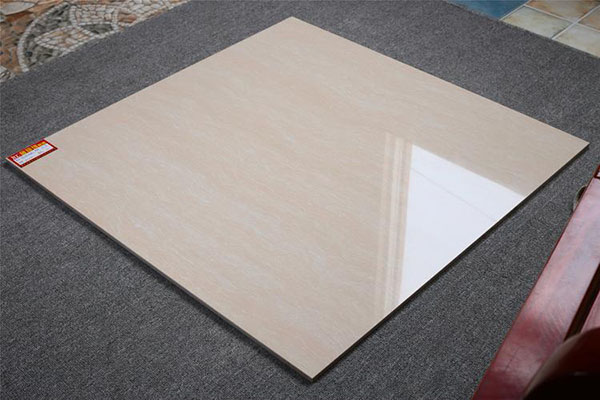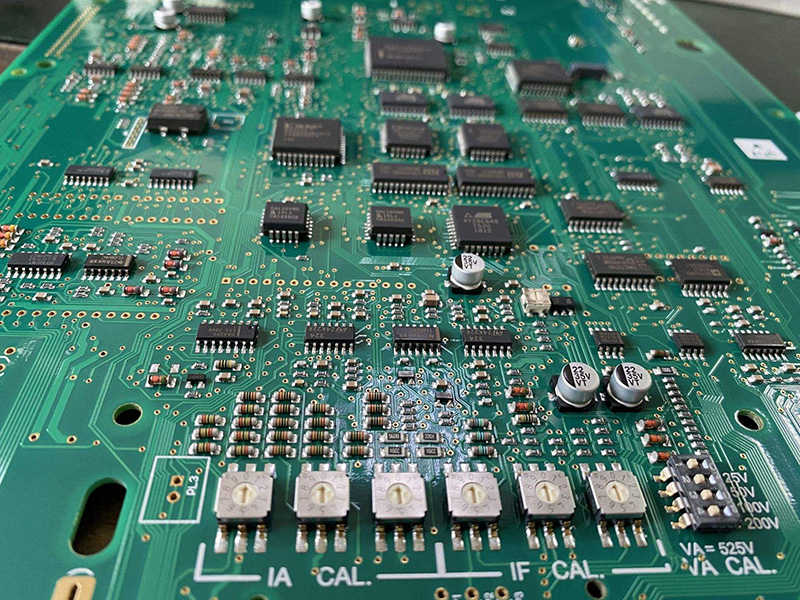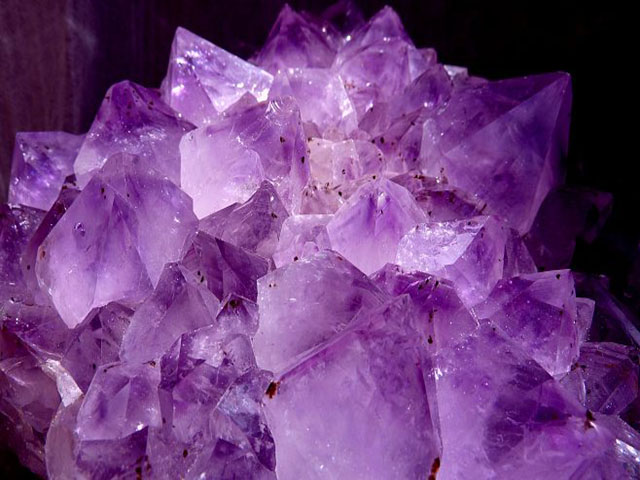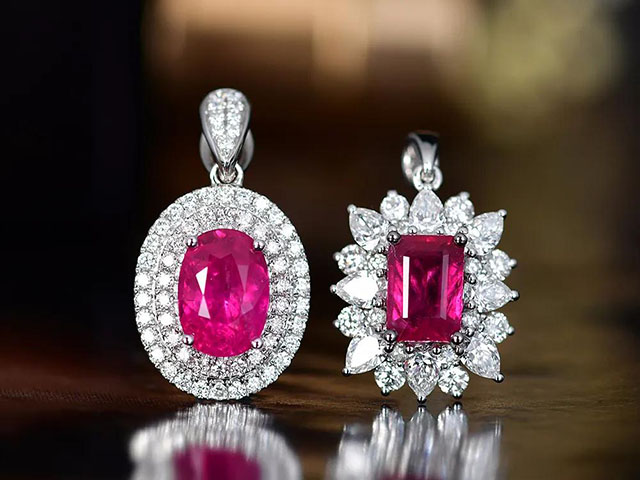When it comes to choosing the right flooring material for your home or office, there are many factors to consider. One of the most important factors is the price. You want to make sure you choose a flooring material that fits your budget but also meets your requirements for durability, maintenance, and aesthetics. In this blog post, we will compare the prices of two popular flooring materials: Kota stone and vitrified tiles.
What is Kota stone?
Kota stone is a natural stone that is quarried from the Kota district of Rajasthan, India. It is a fine-grained variety of limestone that is known for its durability and strength. Kota stone is available in a range of colors, including blue, green, brown, and yellow. It is commonly used for flooring, cladding, and paving.
Kota stone has several benefits, including:
- Durability: Kota stone is a very strong and durable material that can withstand heavy foot traffic, making it ideal for high-traffic areas.
- Slip resistance: Kota stone has a non-slip surface, which makes it a safe option for flooring in areas that are prone to moisture.
- Low maintenance: Kota stone is easy to clean and maintain, and does not require any special treatments or polishes.
- Eco-friendly: Kota stone is a natural material that is not harmful to the environment.
What are vitrified tiles?
Vitrified tiles are ceramic tiles that have been processed to make them more durable and resistant to stains and scratches. They are made by firing clay and other materials in a kiln at high temperatures, which causes them to become hard and glass-like. Vitrified tiles are available in a range of colors, patterns, and finishes, making them a popular choice for modern homes and offices.
Vitrified tiles have several benefits, including:
- Durability: Vitrified tiles are very strong and durable, and can withstand heavy foot traffic.
- Stain resistance: Vitrified tiles have a non-porous surface, which makes them resistant to stains and spills.
- Low maintenance: Vitrified tiles are easy to clean and maintain, and do not require any special treatments or polishes.
- Aesthetics: Vitrified tiles come in a range of colors, patterns, and finishes, which makes them a versatile option for flooring.
Price comparison between Kota stone and vitrified tiles
The price of Kota stone and vitrified tiles varies depending on several factors, such as the quality, size, and thickness of the material, as well as the location of the supplier. In general, Kota stone is more affordable than vitrified tiles, but the price difference can vary depending on the application.
Flooring
When it comes to flooring, Kota stone is generally cheaper than vitrified tiles. The cost of Kota stone flooring starts from around ₹25-30 per square foot, while the cost of vitrified tile flooring starts from around ₹40-50 per square foot. However, the price of vitrified tiles can vary depending on the design, pattern, and size of the tiles.
Cladding
For cladding, the cost of Kota stone and vitrified tiles is more comparable. The cost of Kota stone cladding starts from around ₹60-70 per square foot, while the cost of vitrified tile cladding starts from around ₹80-90 per square foot. However, the cost of vitrified tile cladding can vary depending on the size and design of the tiles.
Factors to consider when choosing between Kota stone and vitrified tiles
When choosing between Kota stone and vitrified tiles, there are several factors to consider. Here are some of the main factors:
Durability
Durability is an important factor to consider when choosing a flooring material. Both Kota stone and vitrified tiles are known for their durability and strength. However, Kota stone is a natural stone that is more prone to wear and tear than vitrified tiles. Vitrified tiles are made by firing clay and other materials at high temperatures, which makes them more durable and resistant to wear and tear.
Maintenance
Maintenance is another important factor to consider when choosing a flooring material. Kota stone is a natural stone that requires regular cleaning and sealing to maintain its appearance and prevent staining. Vitrified tiles, on the other hand, are easier to clean and maintain, and do not require any special treatments or polishes.
Aesthetics
Aesthetics is an important consideration when choosing a flooring material. Kota stone has a natural, rustic look that can add character and warmth to a space. It is available in a range of colors, including blue, green, brown, and yellow. Vitrified tiles, on the other hand, come in a wide range of designs, patterns, and colors, which makes them a versatile option for modern homes and offices.
Budget
Budget is an important consideration when choosing a flooring material. Kota stone is generally more affordable than vitrified tiles, but the price difference can vary depending on the application. When considering the cost, it is important to take into account not only the cost of the material but also the cost of installation and maintenance.
Conclusion
Choosing the right flooring material for your home or office can be a difficult decision. Kota stone and vitrified tiles are two popular options that offer several benefits, including durability, low maintenance, and aesthetics. While Kota stone is generally more affordable than vitrified tiles, the cost difference can vary depending on the application. When choosing between Kota stone and vitrified tiles, it is important to consider factors such as durability, maintenance, aesthetics, and budget. Ultimately, the decision will depend on your specific requirements and preferences.
Both Kota stone and vitrified tiles are good options for flooring, cladding, and paving. While Kota stone is more affordable, vitrified tiles offer a wider range of designs and patterns. Regardless of your choice, both materials will provide you with a beautiful and durable flooring option for years to come.




